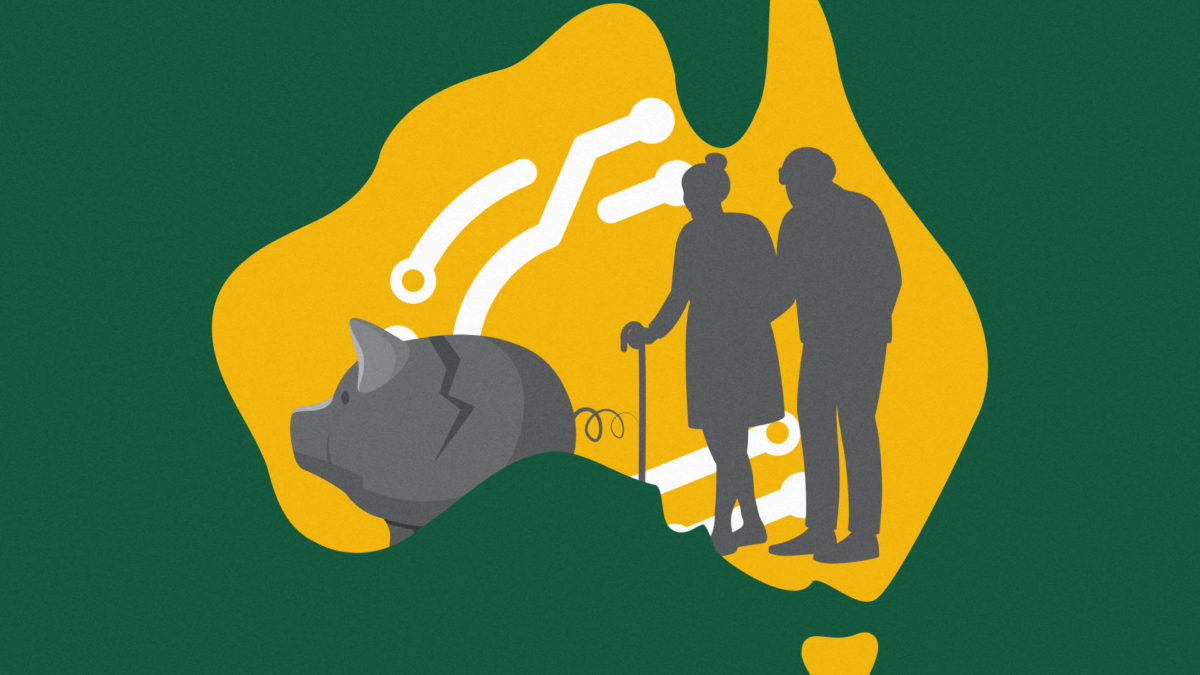Aussies lose $600M through ‘DIY’ crypto pension funds

Thousands of Australians have likely seen their pension funds decimated after their crypto investments shed an estimated $600 million AUD ($403 million) in value.
Affected are investors who decided to set up so-called DIY pension funds. These funds – also called self-managed superannuation funds (SMSFs) – differ from traditional pension pots in that their members are also the trustees, making them responsible for managing their savings themselves.
This allows investors to place their money in less traditional markets, including crypto. However, these funds are subject to fewer restrictions and beyond the remit of many regulators. For example, unlike Australia’s more conventional retirement savings vehicles, they cannot be prevented from onboarding new investors if they tank.
According to Reuters, these funds make up around a quarter of Australia’s overall pension pool and are worth around $880 billion AUD ($590 billion). As of 2021, around $1.4 billion AUD ($940 million) was made up of crypto assets but, as Reuters notes, this has likely grown.
Assuming an average 40% decline in bitcoin’s value since its 2021 peak would point to a near-$600 million AUD plummet in the value of SMSF crypto investments.
Read more: Australian regulators investigated FTX before collapse
Regulators say “if it’s legal, it’s none of our business”
Australia is somewhat unique when it comes to the running of its SMSFs.
As reported by Reuters, while the US and the UK do run similar schemes, uptake in the US has been minimal, while the UK bars investors from directly dabbling in crypto.
However, despite recommendations in 2019 that SMSFs be banned from borrowing, in Australia, restrictions are far looser. For example, savers can use their SMSF to take out loans on property, buy shares in private firms, or invest in collectibles such as fine wines and jewelry.
John Maroney, the former head of the country’s SMSF association said, “Our general position is if it’s legal to invest in speculative assets, then no further restrictions should apply to SMSF investments.”
Quotes in bold are our emphasis. For more informed news, follow us on Twitter and Google News or subscribe to our YouTube channel.
